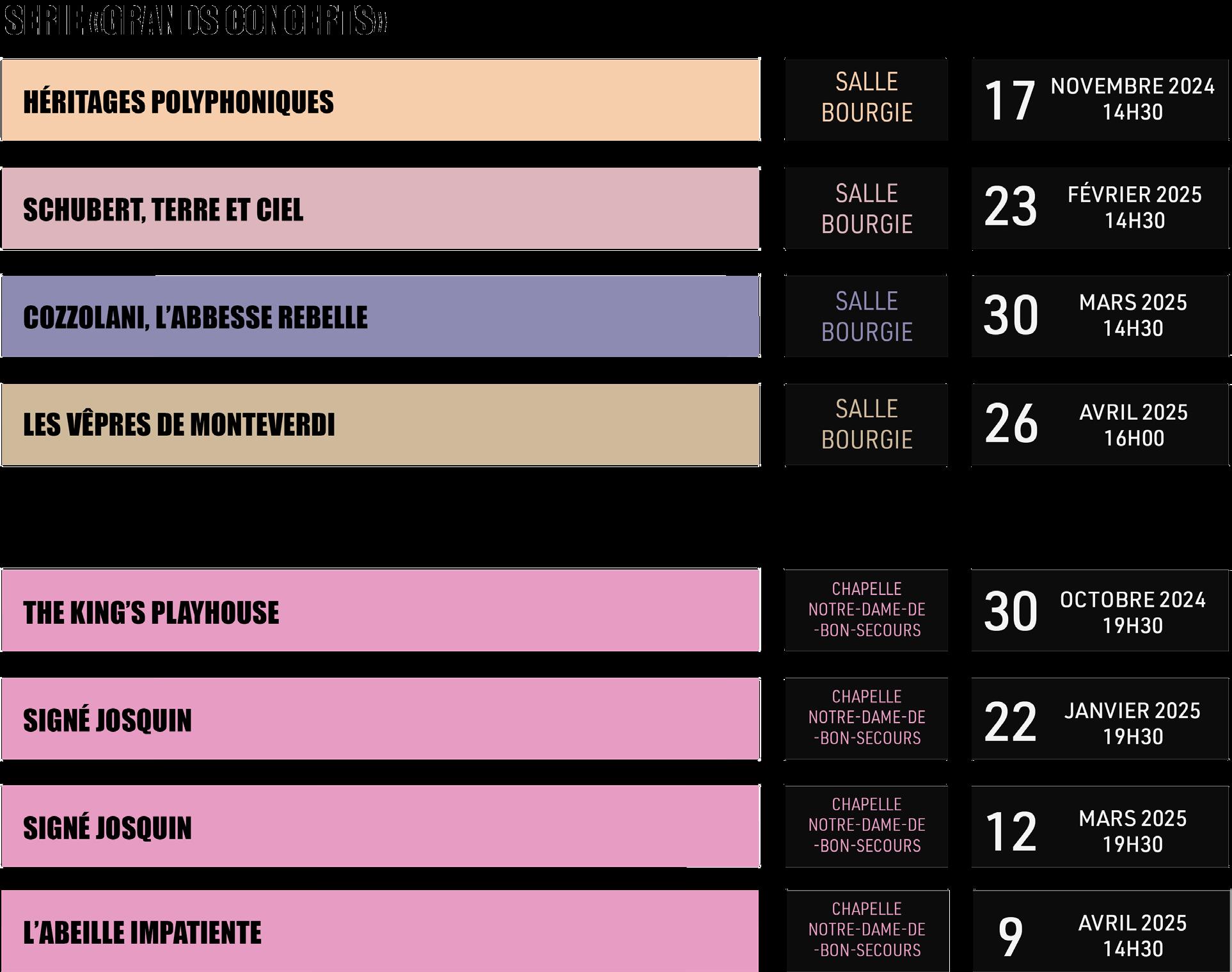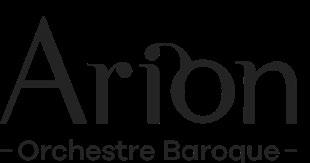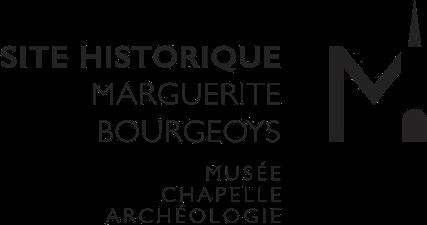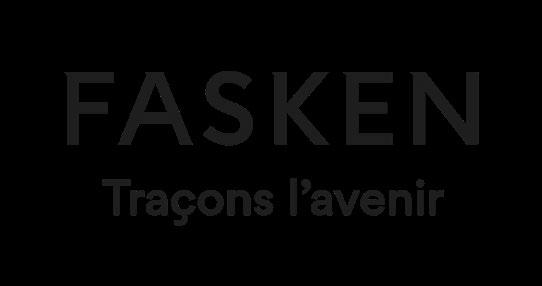

ROYAL SPLENDOURS




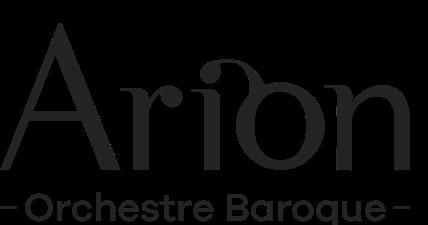
SATURDAY, OCTOBER 12, 2024, 7:30 PM MAISON SYMPHONIQUE
PRESENTATION
Building on five years of fruitful collaboration, we are pleased to invite you this time to immerse yourself in the splendours of the British royal court in the 18th century. Together, we have prepared a musical program that includes Handel’s dazzling Music for the Royal Fireworks, with the brass also sparkling resplendently in the magnificent anthems he composed for the coronation of George II, as well as in William Boyce’s equally splendid anthems for the coronation of George III.


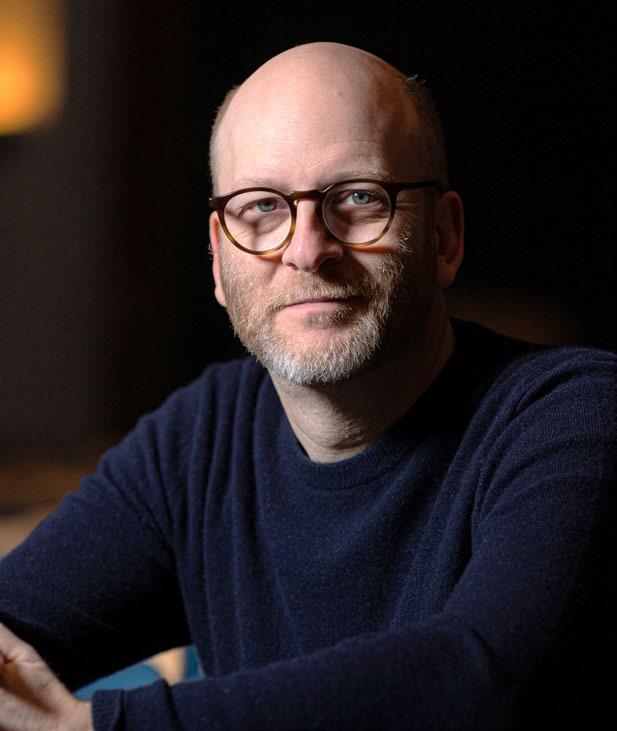
ANDREW MCANERNEY MATHIEU LUSSIER Director SMAM Directior Arion




Read the biography*: Read the biography: *Click or scan the code

Photo credits: Tam Photography, Patrice Gagnon
PROGRAMME
George Frideric Handel (1685-1759)
Anthem Zadok the Priest, HWV 258, for the coronation of George II, for choir, trumpets, timpani, oboes, bassoon, strings, and basso continuo (1727)
William Byrd (1540/43-1623)
Anthem O Lord, make Thy servant Elizabeth our Queen, for 6 voices a cappella (manuscript, 1580)
Thomas Weelkes (1576-1623)
Anthem for the Kings of England O Lord, grant the King a long life, for 7 voices a cappella (manuscript, n.d.)
William Boyce (1711-1779)
Three anthems for the coronation of George III, for choir, trumpets, timpani, oboes, bassoons, strings, and basso continuo (1761)
The King shall rejoice
Come, Holy Ghost
Praise the Lord, o Jerusalem
George Frideric Handel
Anthem My heart is inditing, HWV 261, for the coronation of George II, for choir, trumpets, timpani, oboes, bassoon, strings, and basso continuo (1727)
PAUSE
George Frideric Handel
Music for the Royal Fireworks in D major, for trumpets, timpani, horns, oboes, bassoons, strings, and basso continuo, HWV 351 (1749)
Overture (Adagio - Allegro - Slow - Allegro)
Bourrée
La Paix (Largo alla siciliana)
La Réjouissance (Allegro)
Menuets I & II
Two anthems for the coronation of George II, for choir, trumpets, timpani, oboes, bassoon, strings, and basso continuo (1727)
Let thy hand be strengthened, HWV 259
The King shall rejoice, HWV 260


THE SMAM




























































































































The mission of the Studio de musique ancienne de Montréal (SMAM) is to convey the vitality, sensuality and conviction of all the dimensions of Renaissance and Baroque music To this end, and since its founding, the Studio’s artistic approach has remained the same to interpret early music by recreating, to the best of our knowledge, their numbers, their tempos, and their vocal and instrumental colors Since 50 years, SMAM has been guided by concern for excellence and has carved out place of choice in the world of early vocal music in Canada.


















































































































































Founded in 1974 by Christopher Jackson, Réjean Poirier and Hélène Dugal SMAM’s mission is to perform sacred and secular vocal music composed primarily before 1750 Under the musical direction of Andrew McAnerney since 2015 the SMAM consists of 12 18 professional singers chosen for the purity and clarity of their voices











































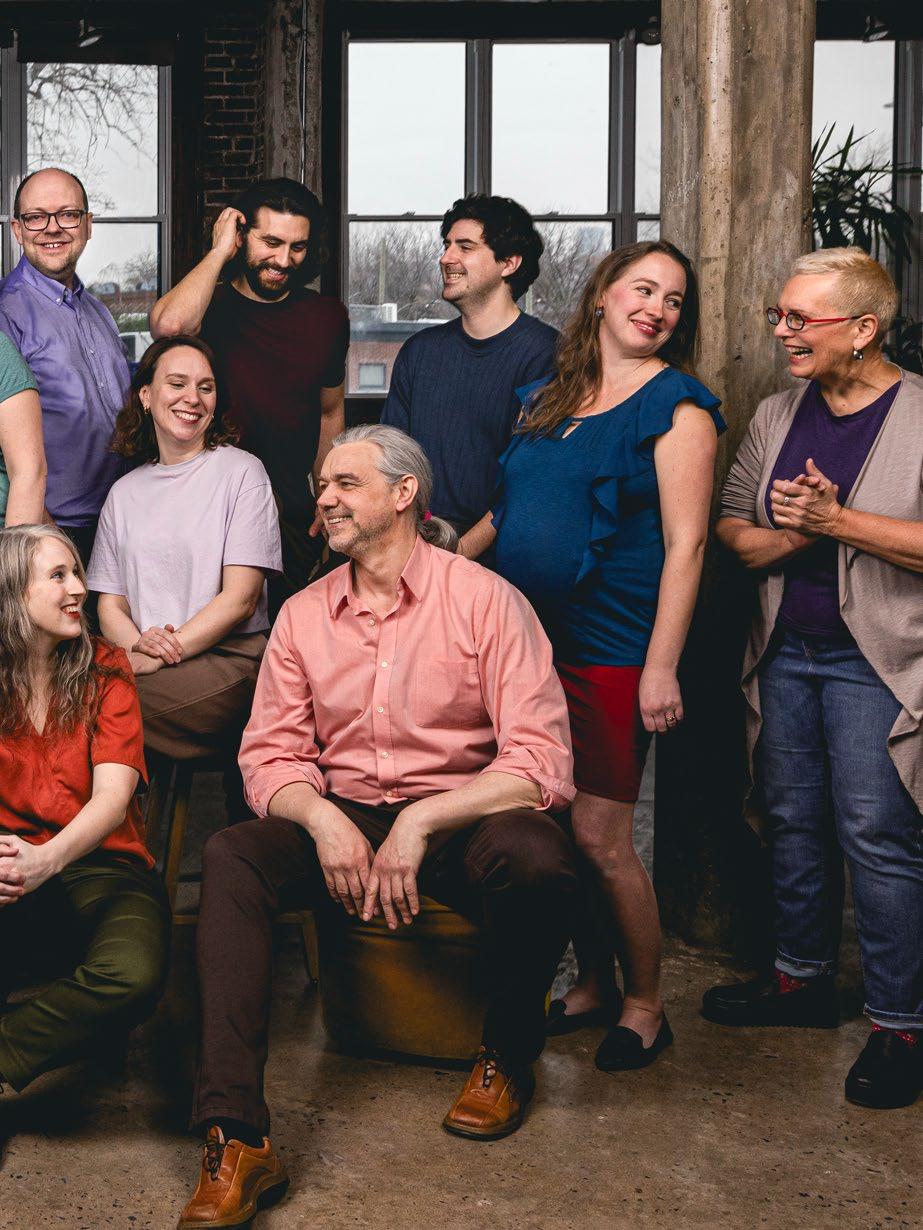






































Since its foundation, it has sung more than thousand compositions from the Renaissance and Baroque periods, including both proven masterpieces and little known or forgotten works, and has occasionally tackled more contemporary repertoire It regularly collaborates with renowned singers, instrumentalists and ensembles from North America and Europe































































































































The SMAM has produced remarkable discography over the past halfcentury His most recent recording with Andrew McAnerney featuring musical journey through the 15th century Court of Burgundy, entitled L’Homme armé was nominated for 2022 Juno Award.












Photo credit: Annie Éthier
ARION















































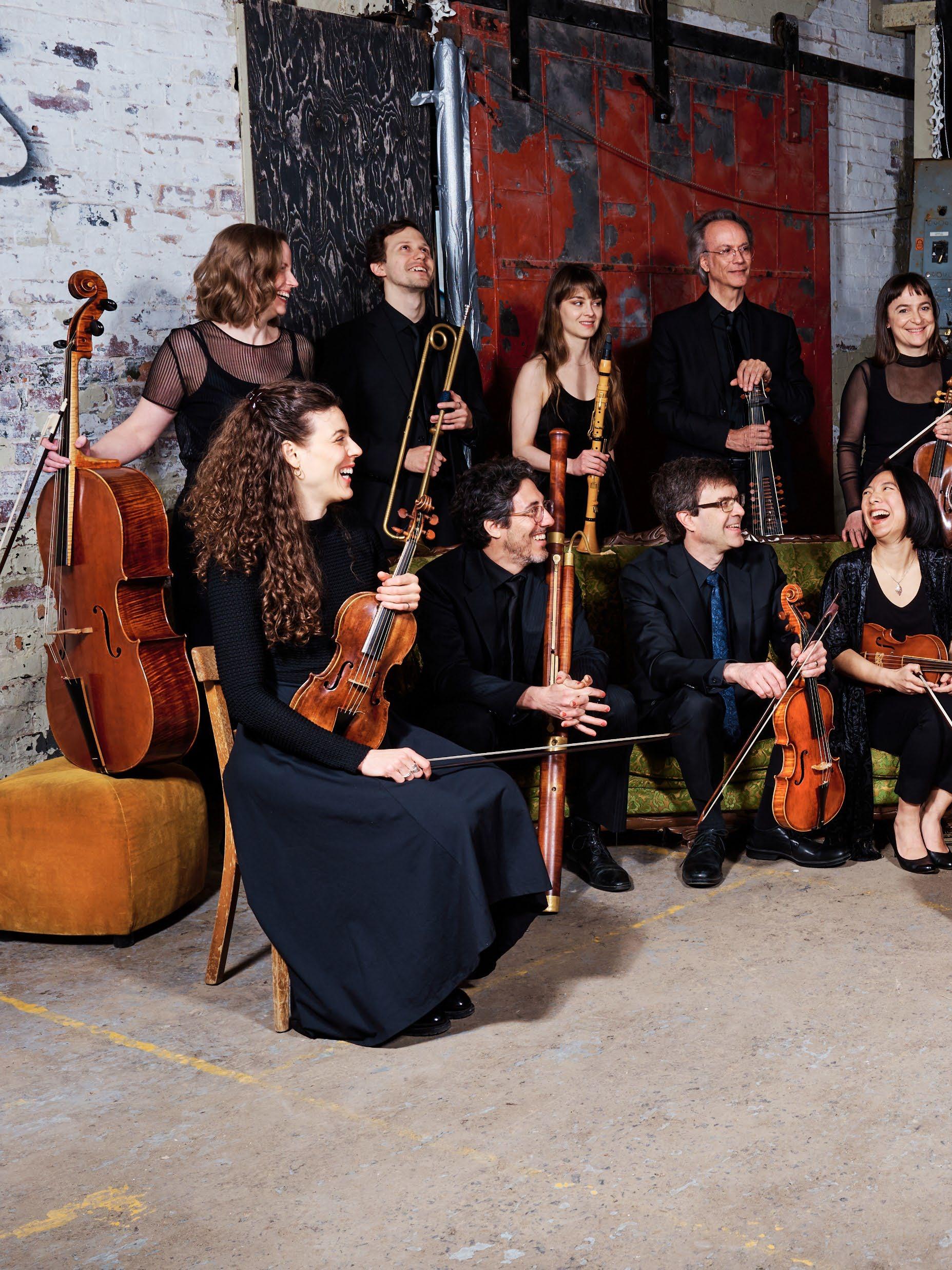






































































































At the heart of Montreal's musical life for over forty years, Arion Orchestre Baroque is pioneer in Quebec and Canada in the world of early music on period instruments Under the artistic direction of conductor and bassoonist Mathieu Lussier since 2019 Arion presents concert series featuring internationally renowned guest conductors and soloists






























Founded in Montreal in 1981 by Claire Guimond, Chantal Rémillard Betsy MacMillan and Hank Knox, Arion has performed throughout Quebec, Canada, the United States, Mexico, Asia and Europe The clarity and freshness of Arion's interpretations of Baroque and Classical works are underpinned by discography of over thirty critically acclaimed and award winning titles




































































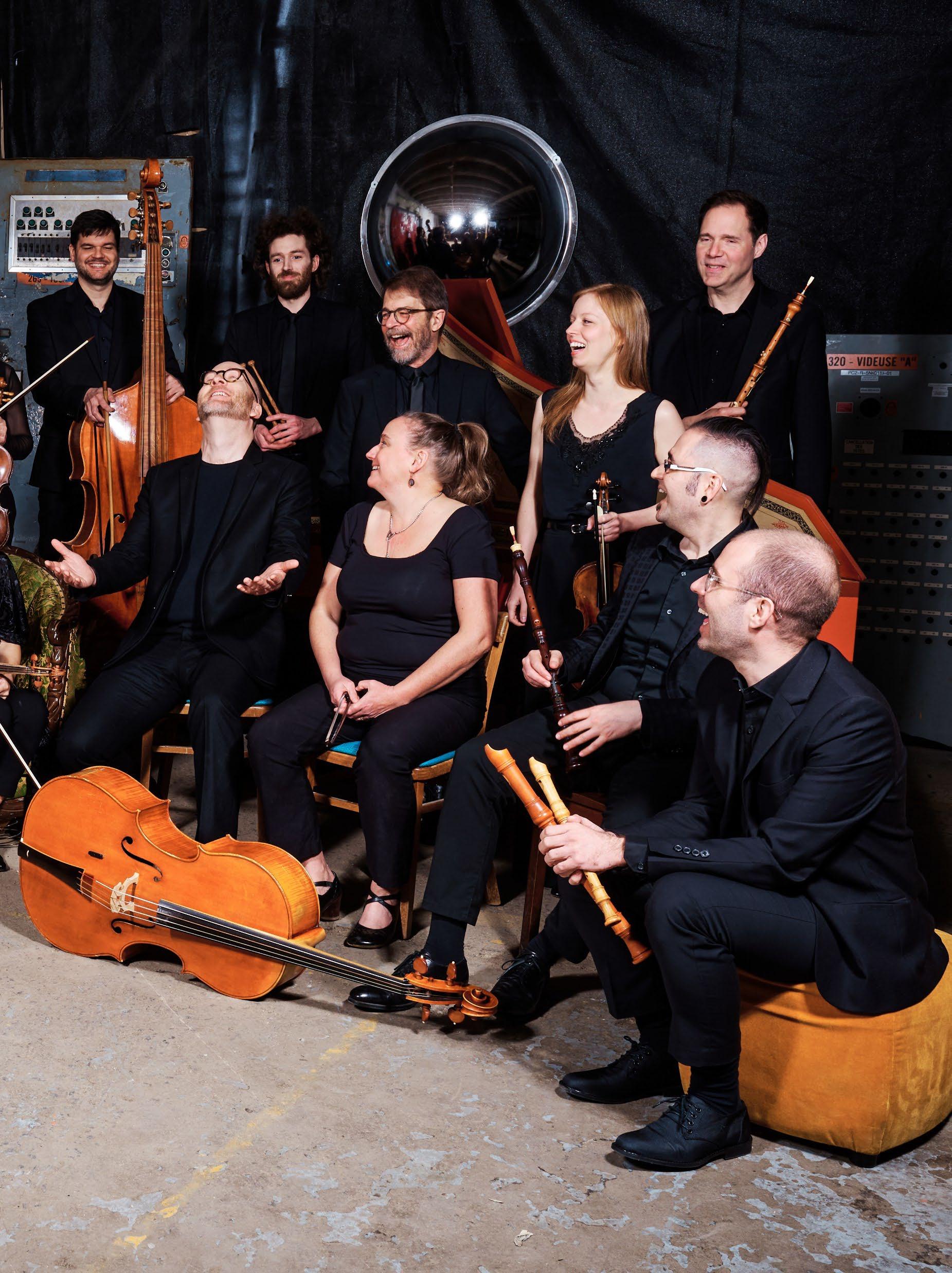















































Committed to the creation and dissemination of youth and educational projects, and partner of renowned institutions such as Université de Montréal, McGill University, the Arte Musica Foundation, the Studio de musique ancienne de Montréal, the Centre de musique baroque de Versailles and SAMS, Arion is key player on the Canadian musical scene












































Photo credit: Matthew Perrin
PROGRAMME NOTES
ROYAL SPLENDOURS
BRITISH FEASTS AND CORONATIONS
The Coronation of George II
George I, King of Great Britain, died on June 11, 1727, while visiting his native Hanover. Four days later (the time it took for the news to reach London) the Prince of Wales was proclaimed king under the name George II, and the Privy Council began planning the coronation solemnities of the new sovereign and his queen, Caroline of Ansbach, at Westminster Abbey
Normally, the responsibility of the music for the occasion would have fallen upon the composer of the Chapel Royal, but it was soon learned that “Mr Handel, the famous Composer to the Opera, [was] appointed by the King to compose the Anthem at the Coronation which is to be sung at the Grand Ceremony.” Although Handel had ties with the Chapel Royal, it would surely have been inappropriate to entrust such an important official duty to a foreign musician. But only four months before the death of George I and after just under twenty years in London, Handel had applied for naturalization, which he was granted on February 27, 1727!
The ceremony was planned for October 4, but a risk of flooding near Westminster Abbey postponed it to the following week.
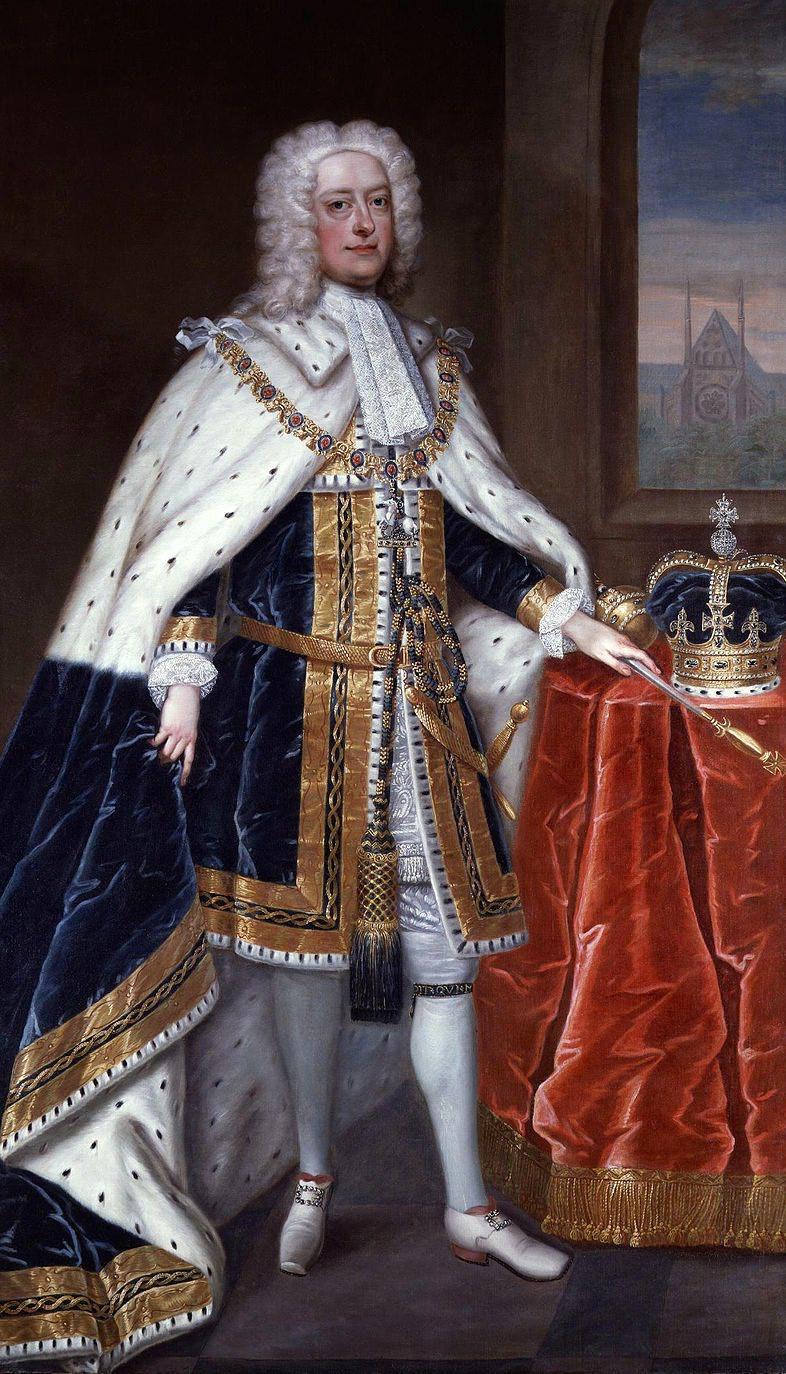


George II, by Charles Jervas, 1727
PROGRAMME NOTES
Handel, however, did not delay getting to work, but apparently refused to be told which texts he was to set to music, declaring: “I have read my Bible very well, and shall choose for myself.” The assertion may well be authentic, but in order to select the appropriate biblical references, it was essential to have an excellent grasp of political culture and a detailed knowledge of past coronation ceremonies. Two texts were all but mandatory: Zadok the Priest, accompanying the King’s anointment, and My heart is inditing, for the Queen’s crowning. Handel perhaps consulted for the choice of the other two: The King shall rejoice for the sovereign’s crowning and Let thy hand be strengthened resounding during the royal couple’s presentation to the people. (History recalls, though, that the first performance of these Handel masterworks was not particularly remarkable, it would seem, the Archbishop of Canterbury noting: “The Anthem in confusion: All irregular in the Music.”)
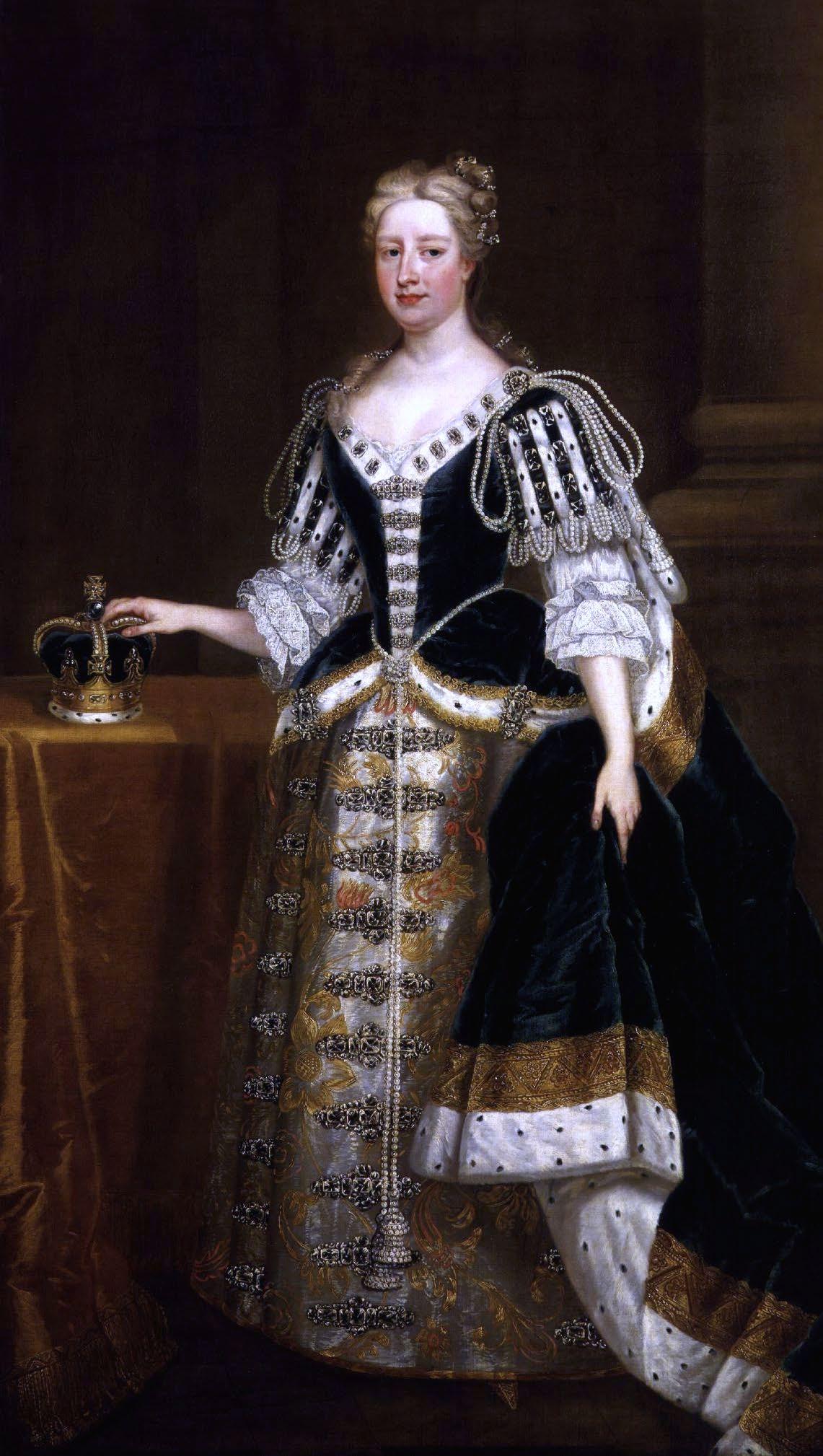
The four anthems, each ending with rousing amens and hallelujahs, require no vocal soloists. With his characteristic melodic generosity, Handel employs every type of choral writing in use, from learned counterpoint to the most effective homophony, based on great harmonic richness, as well as the free play of opposition and dialogue between sound masses permitted by the concertante style. Especially remarkable, Zadok the Priest opens with an orchestral introduction of increasing tension until it is abruptly interrupted by the sudden unleashing of the brass and choir the very moment when the holy oil is poured on the sovereign’s forehead.


Queen Caroline, by Charles Jervas, 1727
PROGRAMME NOTES
The Fireworks of 1749
Some thirty-five years after his Water Music, Handel was commissioned to write outdoor music to accompany the elaborate fireworks for the London festivities of April 26, 1749, celebrating the signing of the Treaty of Aix-laChapelle. For the occasion, sumptuous wood installations over 410 feet long were built at the centre of Green Park, and the best Italian pyrotechnicians were hired. Events didn’t go as planned, however. As soon as the music started and the 101 salutes shot by 200 cannons were heard, several rockets misfired or exploded on the ground and others set one of the pavilions on fire. Panic spread through the crowd, and several spectators were trampled.
Concerning the music, George II had commanded the composer use “martial instruments only,” that is to say exclusively brass, woodwinds, and percussion, all in great numbers. Despite his strong objections, Handel complied and removed the string parts from the scoring. Thus the performance of the work on the day in question called for 9 trumpets, 9
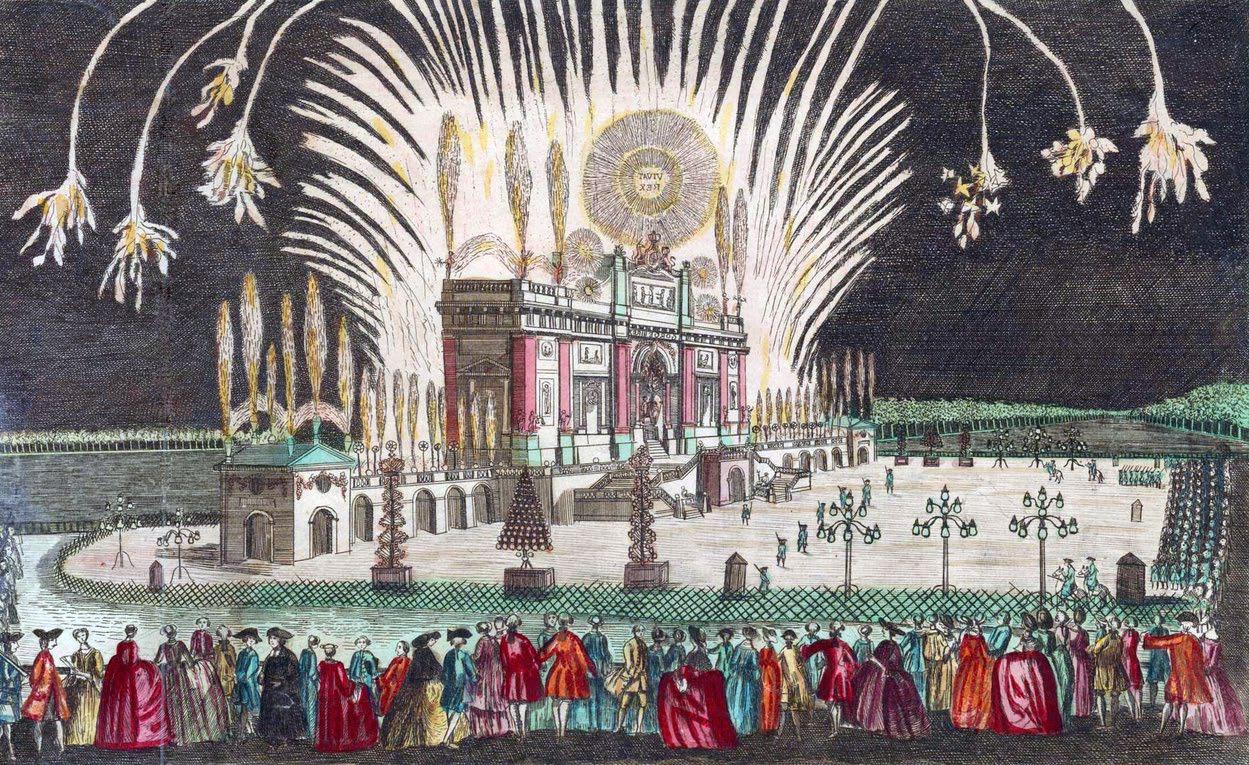
horns, 24 oboes, 12 bassoons, a contrabassoon, 3 pairs of timpani, and military fifes and side drums. Only afterwards did he reintegrate the strings, in a performance on May 27 for the benefit of the Foundling Hospital.


With its Lullian overture and its dances and movements with French titles, the Musick for the Royal Fireworks in its genre a true masterwork is in keeping with the trend prevalent throughout Europe of orchestral suites and outdoor music which originated at Versailles. Its brilliance and majesty, its appealing exuberance underpinned by a dynamic bass line, its masterful handling of instrumental colours, and a grandeur that excludes neither grace nor contrast, make this a work that is popular in the best senses of the word: music intended for everyone and appreciated without reserve since its creation.
The royal fireworks at Green Park in 1749
PROGRAMME NOTES
The Coronation of George III
For his coronation in 1761, George III commissioned three anthems from William Boyce, composer to the Chapel Royal and Master of the King’s Music Handel’s genius had left an immense imprint on English music and composers, and Boyce was no exception However, Charles Burney in his General History of Music considered that he never slavishly imitated Handel, having found “a peculiar stamp and character of his own, for strength, clearness, and facility, without any mixture of styles, or extraneous and heterogeneous ornaments ” A fine example is his powerful anthem for choir and orchestra The King shall rejoice, in three contrasting sections It was performed twice, first on September 8 on the occasion of the wedding of George III with Charlotte of Mecklenburg-Strelitz in the chapel of Saint James
Palace, and again on September 22 for the coronation of the royal couple at Westminster Abbey. The hymn Come, Holy Ghost, which followed during the ceremony, is accompanied only by the basso continuo and flows in a gentle homophony, before Praise the Lord, o Jerusalem concludes powerfully and, after a brief fugue, also ends with a vigorous hallelujah!
© François Filiatrault, 2024
Translation: Jacques-André Houle
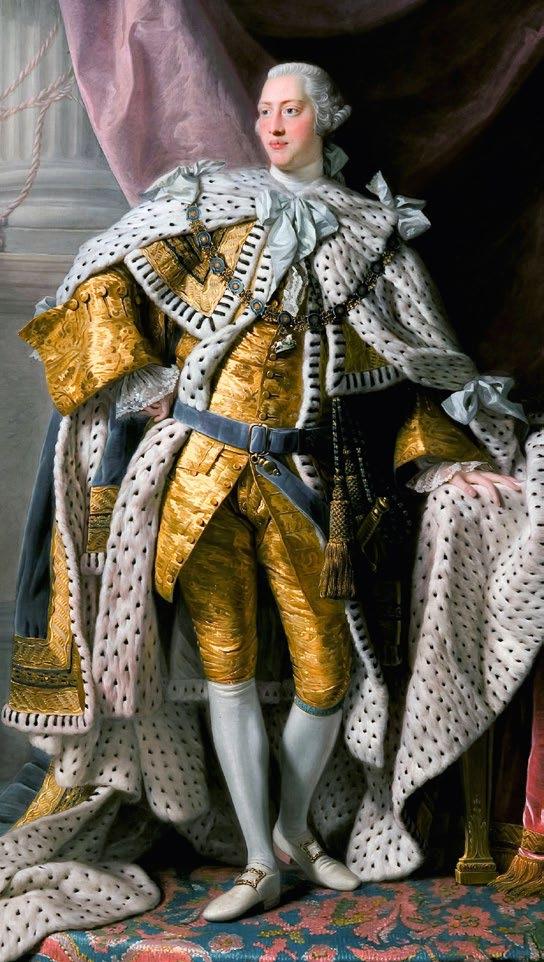
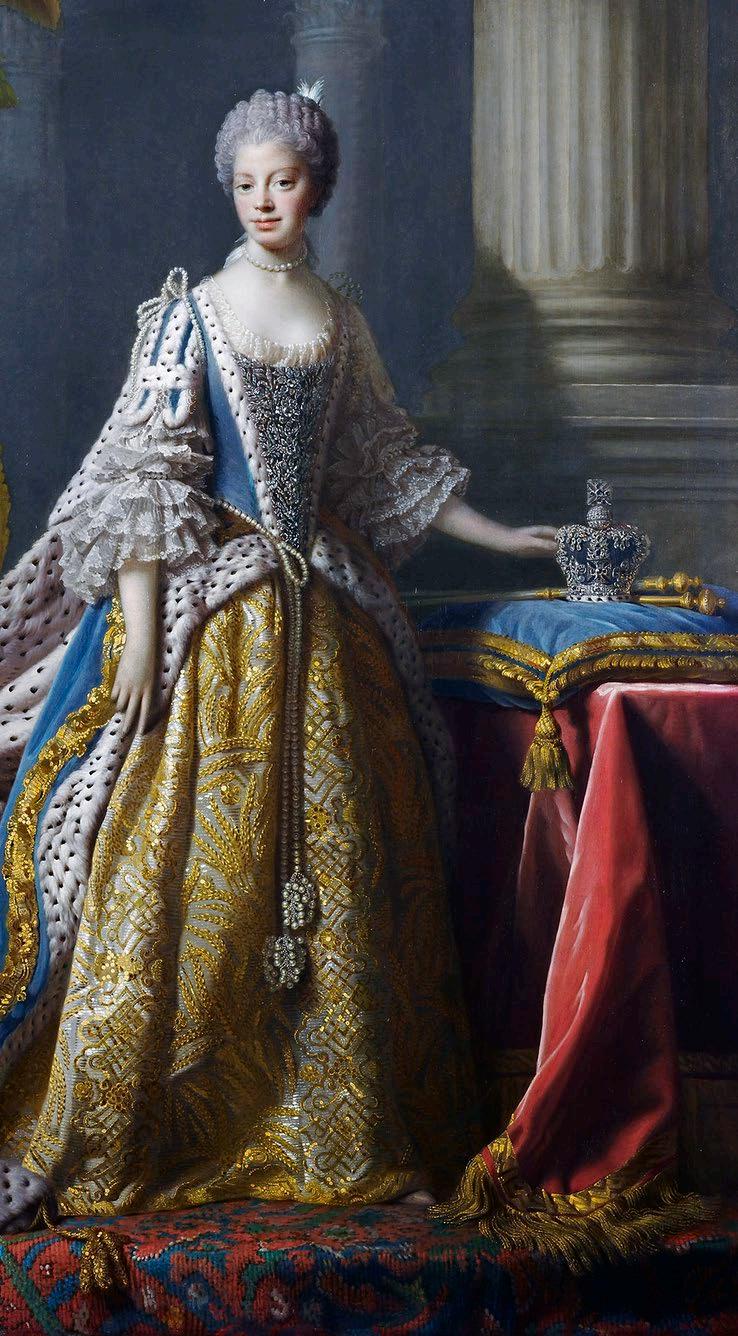


George III and Queen Charlotte, par Alan Ramsey, 1761
STUDIO DE MUSIQUE ANCIENNE DE MONTRÉAL
Sopranos
Élodie Bouchard
Janelle Lucyk
Marie Magistry
Ellen Torrie
Dorothéa Ventura
Leah Weitzner
Altos
Charlotte Cumberbirch
Isabella Cuminato
Marie-Josée Goyette
Josée Lalonde
Kristen De Marchi
Marie-Andrée Mathieu
Tenors
Kerry Bursey
Justin Jalea
Nathan LeLièvre
David Menzies
Michiel Schrey
Arthur Tanguay-Labrosse
Basses
Pierre-Étienne Bergeron
Victor Chisholm
John Giffen
François-Nicolas Guertin
Normand Richard
Noah Wright


ARION BAROQUE ORCHESTRA
First Violins
Jessy Dubé
Christopher Verrette
Jimin Dobson
Simon Alexandre
Lucie Ringuette
Second Violins
Julie Rivest
Mélanie De Bonville
Sarah Douglass
Sallynee Amawat
Violas
Jacques-André Houle
Isabelle Douailly-Backman
Namgon Lee
Cellos
Amanda Keesmaat
Andrea Stewart
Jessica Korotkin
Double Basses
Francis Palma-Pelletier
Shanti Nachtergaele
Harpsichord
Hank Knox
Organ
Christophe Gauthier
Oboes
Matthew Jennejohn
Karim Nasr
Joel Verkaik
Bassoons
Francois Viault
Aaron Goler
Horns
Simon Poirier
Jocelyn Veilleux
Étienne Coulombe
Trumpets
Roman Golavonov
Simon Tremblay
Francis Pigeon
Timpani
Matthias Soly-Letarte


Artistic Director
Andrew McAnerney
Artistic Advisor
François Filiatrault
Production Coordination
Vanessa Massera
SMAM TEAM
General Director
Jonathan Nemtanu
Communications Manager
Yoan Leviel
Audience Development and Cultural Mediation Manager
Marie-Pierre de Brienne
BOARD OF DIRECTORS
PRESIDENT
Charles Chevrette, MBA Partner
Fasken Martineau DuMoulin
S.E.N.C.R.L. s.r.l.
VICE PRESIDENT
Patricia Davis
Corporate director
SECRETARY
Dominique Lalonde Lawyer
Boyer, Lalonde Avocats
TREASURER
Alain Beaumann
CEO, World Federation of Hemophilia
ADMINISTRATORS
Hélène Archambault
Executive Director of the Orchestre de la francophonie
Suzanne Carrier Board Member and Chair of the Audit Committee
Retired CPA
Danielle Girard
Chair of the Governance Committee
President and CEO
Vida Guido Chair of the Fundraising Committee
Associate Portfolio Manager, Private Clients
Burgundy Asset Management
Pradelle Yimga Lawyer
PRDL Avocat Inc.


AGESSS (Association des gestionnaires des établissements de santé et de services sociaux)
ARION TEAM
Artistic Director
Mathieu Lussier
Production and Artistic Administration Coordinator
Eliana Zimmerman
Youth Development Manager
Vincent Lauzer
Music Librarian and Editor
Jacques-André Houle
BOARD OF DIRECTORS
PRESIDENT
Damien Silès
Quebec Retail Council, Director General
VICE PRESIDENT
Dr. Sylvain Authier
Vision, Corporate Strategy Consulting Group, President/CEO – DBA
SECRETARY
Jean-Frédéric Lafontaine
Médiator, Founder, PDG
TREASURER
Martin Lussier Corporate director
ADMINISTRATORS
Pierre-Yves Boivin
High Frequency Rail – Train à grande fréquence, Vice president, community relations
Félix Gutierrez
Fasken Martineau, Partner
Pierre Gagnon
Bombardier, Senior Vice President, Legal Affairs and Company Secretary
Patrick-Claude Dionne
National Bank of Canada (NBC) VicePresident and General Manager –Specialized Groups – Canada
Jean-Philippe Mathieu
McCarthy Tétrault, Partner
Isabelle Maris
Energir, Main human resources business partner – Consulting service
Marie-Ève Dutremble
National, Senior Director, Corporate Communications
Alice Monet
Director – Legal Affairs – CDPQ


ARION’S NEXT CONCERTS
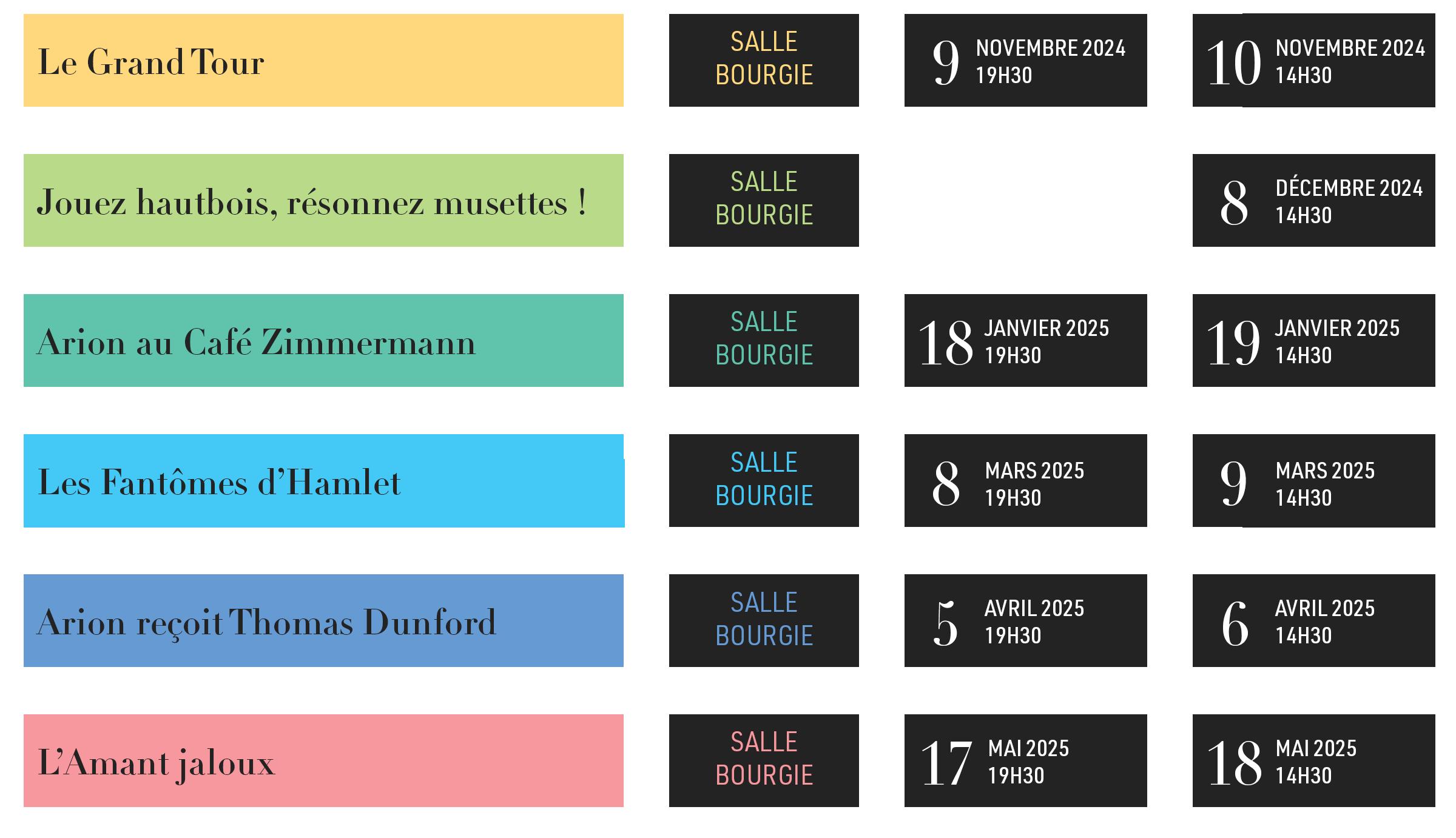




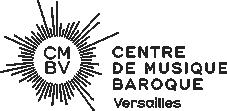






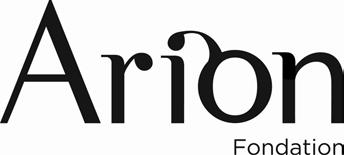
SMAM’S NEXT CONCERTS
